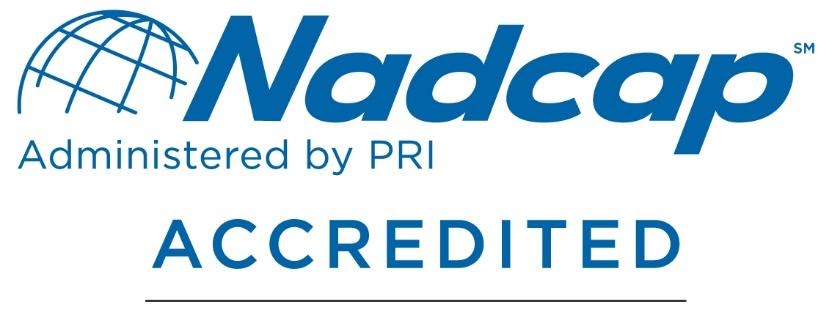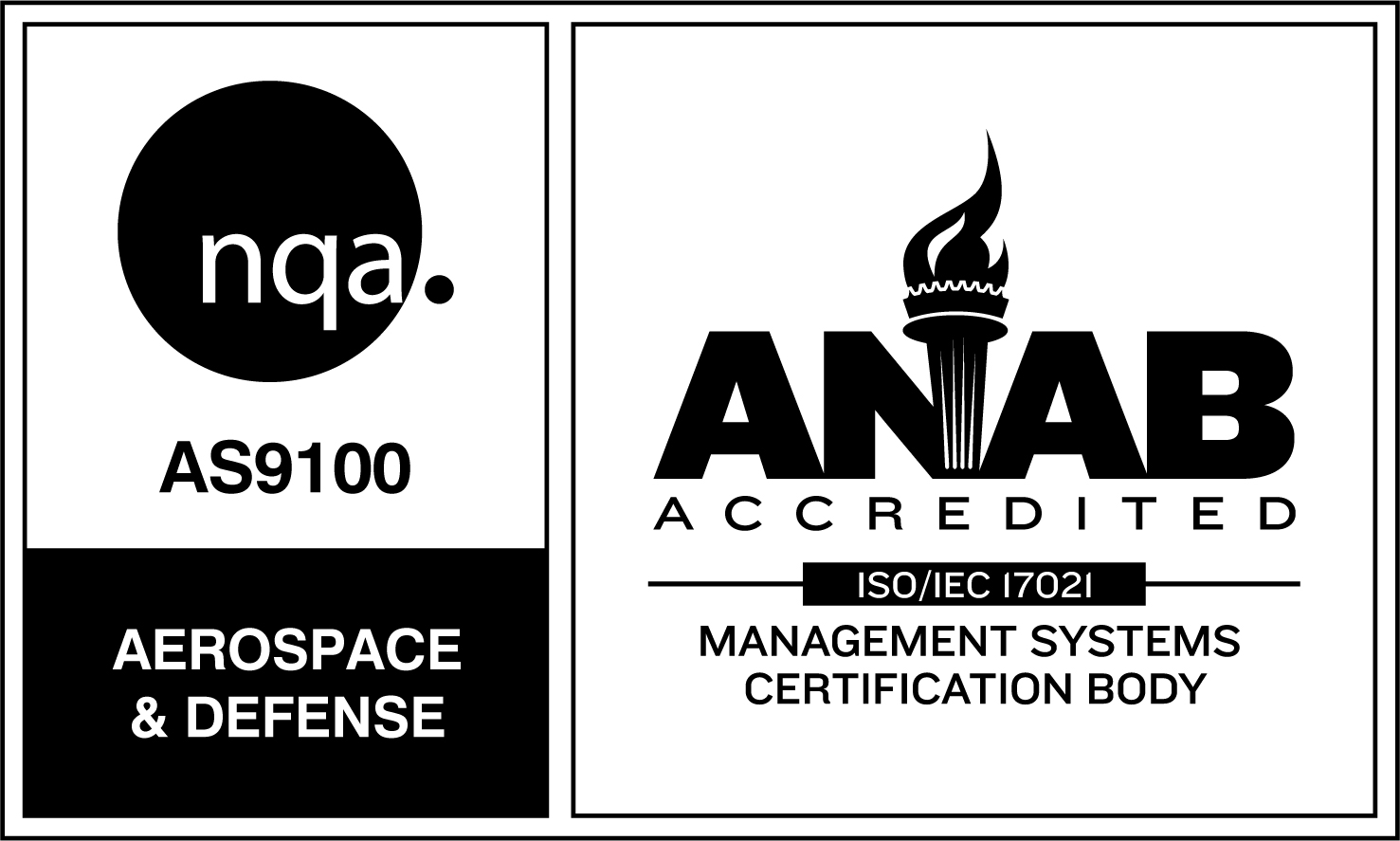How much do you quench, bro?
As anyone with a basic exposure to chemistry knows, quenching is the stopping of a chemical reaction by deactivating any unreacted reagents. In brazing, as in life, it’s important not to overreact.
For the rest of us not well versed in chemical reactions and heat treating, quench is a buzzword used in ads for soda, or a lucky word for racking up points in Scrabble. But there’s more to quenching than that, and it’s pretty fascinating how different methods and materials can affect your results.
What is quenching?
Quenching is the rapid cooling of a heat-treated metal part to achieve specified properties. Doing it properly is crucial to the heat treating and brazing process. Unlike what you may have seen from the blacksmiths in Game of Thrones, you can’t just shove a sword straight from a furnace into a barrel of water and expect it to turn out okay. For all of us in the real world without a supply of Valyrian steel lying around, we’ve got to harden our metal components using quenching mediums other than water, which can cool down metal too quickly and cause it to buckle and distort. Other quenching materials include molten salt, oil, gas and caustic mediums.
Thermal-Vac’s shop includes the full range of quenching processes, so you can be sure your brazed or heat-treated components will meet the strictest quality and durability requirements.
How to choose a quenching medium
For those of us who mostly think of quenching as something done with a can of soda, we’re about to go on a diet.
When deciding what medium (water, gas, molten salt, caustic or oil) to quench in, there are three main factors to consider:
- Hardenability—The measure of a material’s ability to actually be hardened by heat treatment, hardenability affects which quench system you choose.
- Cross section—As anyone who’s tried to deep fry a massive turkey leg knows, if you don’t account for material thickness, your dinner will be charred on the outside and still raw on the inside. Parts with thicker cross sections need either more alloy or a more severe quench.
- Special properties—A number of our clients use highly specialized alloys with a wide array of physical properties for hyper-specific use cases. It’s crucial to look at these purposes and requirements early on to ensure your heat-treated components meet your specifications.
Why choose one medium over another?
- Brine and caustic solutions (with up to 10% sodium chloride, calcium chloride and sodium hydroxide) cool parts more quickly than plain water, but there’s less risk of uneven hardening caused by steam pockets. Anyone who has seen the side of an old ocean liner knows, these solutions can corrode metals. They also present some tricky splash risks to operators, who are trained to suppress their urge to get into splash fights before getting to work.
- Oils are one of the most common methods of cooling parts because they tend to cool parts faster than just air, but not so fast that they cause distortions.
- Molten salt baths with a mixture of nitrates and nitrites can control distortion and generate special microstructures, with a slower and more uniform rate than oil and at higher initial temperatures.
- Gas in high-pressure vacuum furnaces is where Thermal-Vac really excels (as our name suggests). Gas quenching uses gas as a quenching medium instead of a liquid. The process gas depends on what’s being quenched. It might use one gas or a blend of nitrogen, helium, argon, or hydrogen.
Thermal-Vac’s furnaces are capable of argon, Nitrogen or Helium quench with partial or full pressure, so no matter what kind of pressure you’re under, we’ve got you covered.
Why quench with gas, you may ask? Well, gas quenching has advantages over other quenching methods:
- It’s cleaner, leaving no surface residue so you don’t have to rinse the parts and dispose of the oils and salts afterwards.
- It’s more uniform, with less distortion than a liquid quench.
- Increasing the pressure of the gas medium in a vacuum furnace improves the heat transfer even further.
Thermal-Vac provides a highly qualified staff of engineers, technicians, materials experts, project managers, and other specialists who work with the customer throughout the project life to assure success in every stage.
Whatever you need, we’ve got the tools and expertise to deliver. At Thermal-Vac, we’re all about withstanding pressure.
To learn more about quenching and discuss its benefits and challenges, give Thermal-Vac a call.


